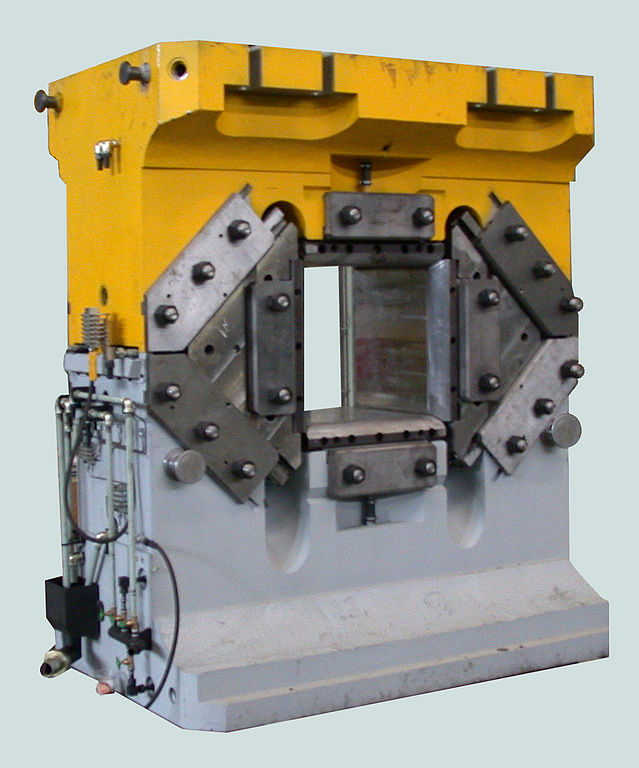Forging is a method used to create kitchenware, tools, weapons, jewellery, etc. by blacksmiths for years. It is a technique using which metal is shaped with the help of compression.
There are various methods of forging based on temperature. They are classified as:
- Cold Forging
- Warm Forging
- Hot Forging
In this article, we’ll be discussing different open die forging techniques and which one stands as the best.
Open Die Forging discreetly known as smith forging, comes under the category of hot forging as the metal is heated to its maximum capacity and various sorts of die are used to shape it into the desired form.
The heated metal is not enclosed in a casing; instead it is allowed to flow in all directions while using the die to create the required shape. Hence, the name.
Below mentioned are the different open die forging methods:
COGGING:
Cogging refers to the use of external forces to increase the size/length of metals. During the process of cogging, the heated metal is shaped with the help of a flat or slightly curved die, pushing through it to decrease or increase its width while increasing the length. This process helps in covering up ruptured parts and filling up holes and breaks.
FULLERING:
Fullering is the usage of convex dies to distort or break the metal in desired shape and size. This procedure is often done as a pre-step for using other forging methods for shaping the metal.
EDGING:
The process used to redistribute the object into a new shape is edging. In this method, concave-shaped dies are used to split or share out the material and transform into a more prominent, different figure.
For a better understanding, we have devised a comparison between the three forging techniques:
|
COGGING |
EDGING |
FULLERING |
| It is used to work out on a raw material piece to achieve a specific shape and size. | It is usually used to shape or deform the material into a different shape. It is known as edging as this process is worked out on the edges of the material. | The procedure helps in reshaping or breaking apart huge chunks of raw material. |
| It is usually the foremost step in carrying out other forging processes. | It can be used as the first step for forging but is usually used as a secondary method. | It can be used as the first step for forging but is usually used as a secondary method |
In conclusion, the techniques mentioned above cater to different types of demands. One can not distinguish a specific procedure to be the best as they all provide to be useful for various requirements. The forging suppliers need to be thoroughly examined, and the prominent ones should be chosen to provide with forging materials as they prove to be crucial in carrying out the procedure.

